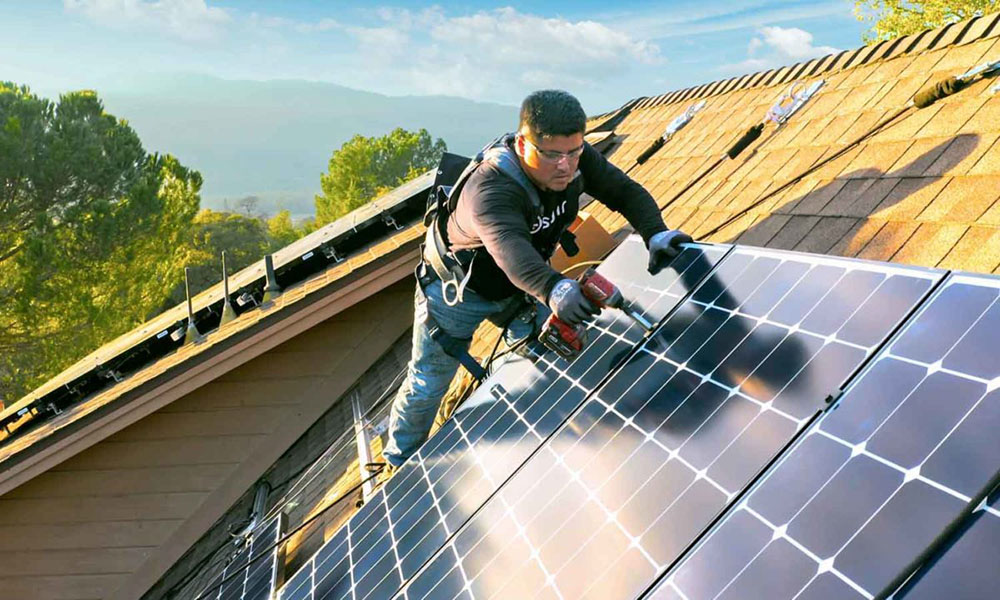
What's in the Reducing Inflation Act for the solar industry?
Last week, the U.S. passed the Reducing Inflation Act, which drew rapturous applause from the renewable energy industry.

The bill — technically known as HR 5376 - Reducing Inflation Act of 2022 — is 730 pages of dense legalese. The document covers a wide range of topics, including healthcare, corporate tax, staffing of the IRS, and of course, energy-related legislation.
investment tax credit
The investment tax credit has been increased from 26% to 30% and can now be transferred or sold to other taxpayers. 30% applies to commercial and residential projects, including those installed in 2022, and will continue until the end of 2032.
prevailing wages and apprenticeships
For projects of 1MWac and above, we must pay attention to the labor requirements. By default, the tax credit is 6%. To be eligible for the additional 24%, workers and mechanics installing solar projects must receive prevailing wages and must be part of an electrical apprenticeship program. These tax credits will begin to apply to projects in 2023.
Domestic ingredients – 10% tax credit adder
Solar projects that qualify for the full 30% tax credit can increase their tax credit by another 10% to 40% by purchasing domestically produced hardware. According to the document, 100 percent of the steel must be made in the United States. For manufactured goods—such as solar panels, inverters, and electrical equipment—it must initially be 40 percent made in the U.S., although this percentage will increase in the future.
Project Site Selection - 10% Tax Credit Adder
Projects located in former "energy communities" can receive an additional 10% tax credit. Energy communities are defined first as brownfields and second as sites associated with previous generation fossil fuels.
Clean Electricity Production Credit
The wind industry has long received tax credits on a per-kWh basis. Before 2007, the solar industry was also eligible for this production credit. Production tax credits are now fully applicable to the solar industry. In this document, it is named "Clean Electricity Production Credit".
60% tax credit opportunity?
There is also a 10% added value for solar projects that sell electricity to low-income individuals through community solar projects. If we add the 30% tax credit base, 10% domestic content, 10% located in former fossil fuel energy communities, and 10% of electricity sold to low-income households through community solar - the tax credit could reach 60% %.
Additional items
Additional tax credits for electric vehicles, electrical panels, heat pumps and many other items directly related to our industry
© Copyright: 2025 Xiamen Wintop New Energy Tech Co., Ltd.. All Rights Reserved.

IPv6 network supported
Friendly Links:
Integrated Solar System